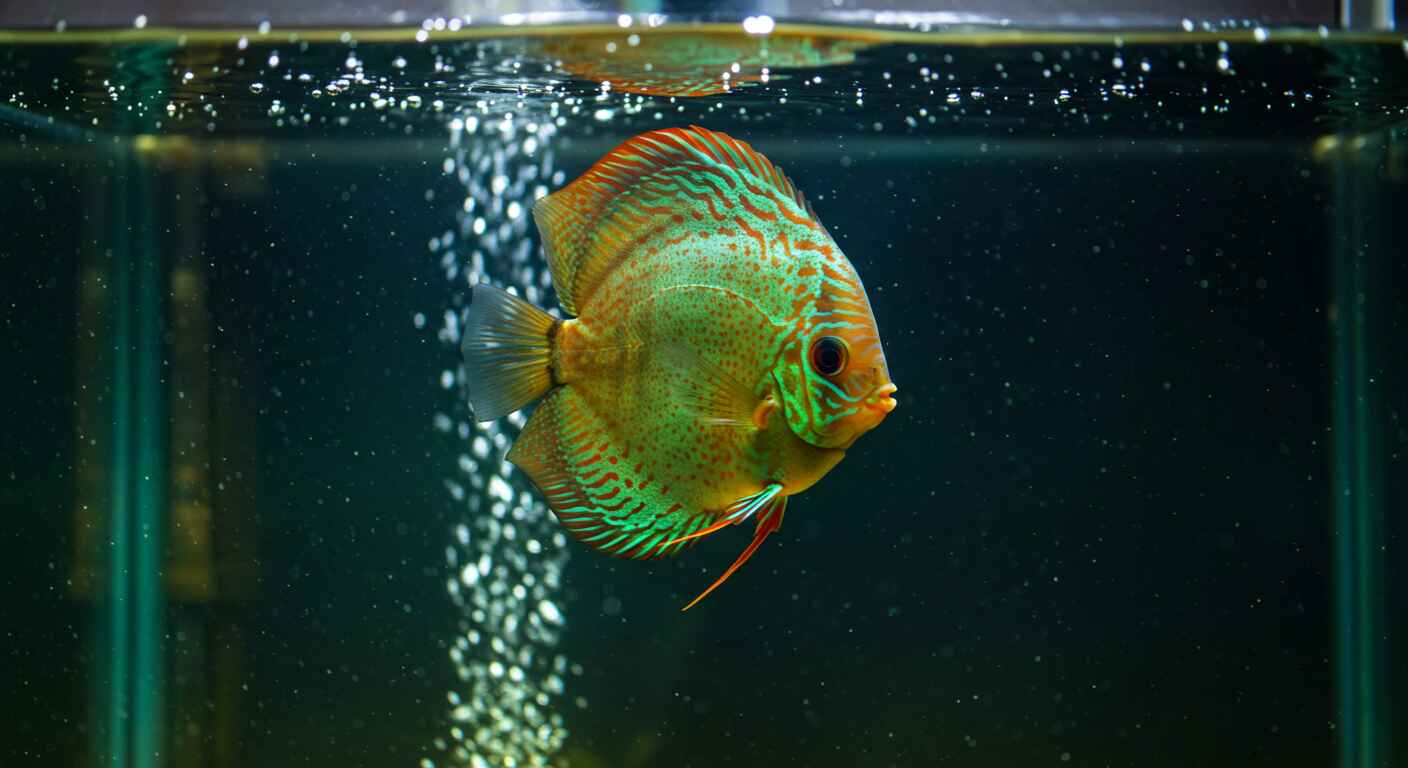Why are my fish swimming at the top of the tank? Most often, it’s because they’re struggling to breathe. Fish head to the surface when oxygen is low in the water, and if they stay there, it’s a clear sign that something’s off in the tank. This is something I learned the hard way when I saw my fish gathering at the top, looking distressed.
My guppies and neon tetras were all hovering by the surface, barely moving. At first, I thought they were just waiting for food, but after an hour, they were still up there. I had no clue what was happening, and I didn’t know yet that this could be dangerous. That was my first wake-up call into learning why are my fish swimming at the top of the tank and what to do about it.
In this guide, I’ll share exactly what I experienced, and every step I took to fix it. Whether it’s oxygen, ammonia, feeding habits, or illness, we’ll cover all the major causes and how to keep your fish safe. If you’ve noticed your fish swimming at the top of the tank more than usual, keep reading, this guide could save their lives.
Table of Contents
Understanding Fish Behavior in the Tank
What Normal Behavior Looks Like
Why are my fish swimming at the top of the tank every time I walk past the aquarium? That was the first red flag that something was off in my setup. At first, I thought my guppies were just playing or expecting food. But when all my fish, even the bottom dwellers, stayed up there for hours, I knew it wasn’t normal.
In a healthy tank, fish explore different levels depending on their species. Some prefer the bottom, like corydoras. Others like mollies or danios might naturally cruise near the surface. But when all your fish are swimming at the top of the tank, especially if they look lethargic or stressed, it’s a sign that your environment needs attention.
That’s what I faced with my first tank. I hadn’t fully cycled the water, and I underestimated the importance of oxygen flow. If you’re also asking yourself, why are my fish swimming at the top of the tank, this guide will help you figure it out before it’s too late.
Signs Something Is Off
The moment I noticed my fish gasping at the surface, I realized this wasn’t just about feeding behavior. They were showing signs of distress, clamped fins, lack of energy, and staying still at the top. It wasn’t just one fish either, they were all affected.
Any time your fish are at the top of the tank for extended periods, you should check oxygen levels and water quality. In my case, I had ammonia buildup and poor surface agitation, both major triggers for this behavior.
You might see your fish swimming at the top of the tank but not eating, or they might avoid the lower areas completely. These are clues I’ve learned to watch closely over time. It’s your fish’s way of signaling that something’s not right in their world.
So now, when I notice unusual top-dwelling behavior, I immediately stop and ask: why are my fish swimming at the top of the tank, and what has changed in their water or environment?
One big mistake I made was skipping proper setup procedures in my first freshwater tank. That led to instability and stress for the fish.
Another issue was tank size. I used a small 10-gallon tank but didn’t research stocking limits. Overstocking caused rapid spikes in toxins.
If you’re new to aquariums, check out this guide to low-maintenance fish for small tanks, it’ll help you avoid the same early mistakes.
Top Reasons Why Fish Stay at the Top of the Tank
Low Oxygen Levels
Why are my fish swimming at the top of the tank? In most cases, they’re struggling to breathe. That was my first lesson when all my fish gathered near the surface, barely moving.
Lack of oxygen is often caused by poor surface movement. My filter wasn’t circulating water well, so there was little gas exchange. After adding a bubbler and adjusting the filter to ripple the surface, my fish stopped gasping and returned to normal behavior.
If your fish are swimming at the top of the tank like mine were, oxygen is the first thing to check.
High Ammonia or Toxins
A few weeks later, I saw the same behavior again. But this time, oxygen was fine, the problem was ammonia. I’d overfed, skipped cleaning, and the toxic buildup irritated my fish’s gills.
Toxins make it hard for fish to breathe, pushing them to the top. I did a water change and stopped feeding for 24 hours. That helped fast.
So if you’re asking, why are my fish swimming at the top of the tank, test your water. Clean water keeps fish off the surface.
Poor Filtration
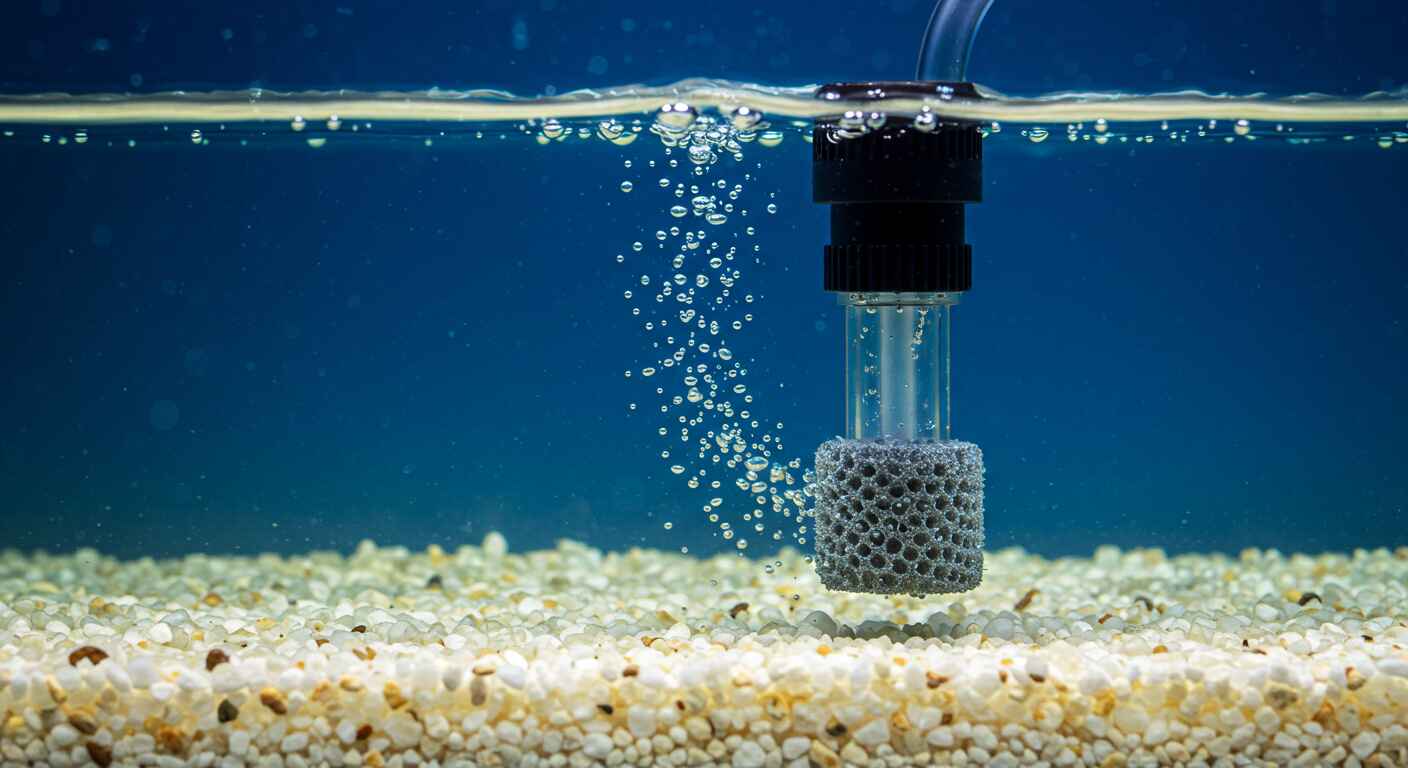
Even with clean water, your fish can act strange if your filter isn’t working properly. Mine was clogged, causing low water flow. I noticed my fish stayed at the top of the tank, looking stressed, same issue, new cause.
A quick clean restored water movement and fixed the problem. Now I check the filter weekly.
When to Take Action
Fish swimming at the top of the tank after feeding is normal. But if it lasts for hours or includes signs like gasping, clamped fins, or dull color, it’s serious.
Every time I see it now, I ask again: why are my fish swimming at the top of the tank, and what changed in their setup?
Environmental Stress Factors
Overcrowding in the Tank
Why are my fish swimming at the top of the tank again after I just cleaned it? I asked myself that exact question after noticing the same issue just days after a water change. It wasn’t the water, it was overcrowding.
I’d added a few more fish without realizing the tank was already maxed out. Too many fish means less oxygen and more waste. Within a day, they were back at the surface. I immediately rehomed a few and added another air stone, problem solved.
If you notice fish swimming at the top of the tank, don’t overlook your stocking level.
Water Temperature or pH Swings
Another time, I moved my tank near a sunny window. Bad move. The heat spiked the water temperature and threw off the pH. My fish were stressed and all hovered near the surface.
That’s when I asked again: why are my fish swimming at the top of the tank, even with clean water? The answer was hidden in temperature and chemistry.
Now, I use a heater with a thermostat and test pH weekly. Stable conditions = calm fish.
Poor Lighting and Decor Layout
Believe it or not, fish can be spooked by harsh lighting or a bare tank. I had removed most plants and left the light on for too long. The result? Fish at the top, hiding from bright conditions.
I reintroduced floating plants and cut the light duration. Within hours, my fish spread out again. So if you’re still wondering why are my fish swimming at the top of the tank, check for visual stress factors.
When Environmental Stress Builds Up
Not all stress is instant. Sometimes, it builds gradually. One small change, temperature, overcrowding, lighting can make your fish stay at the top of the tank longer than usual.
Now, if I ever notice fish swimming at the top of the tank, I don’t guess. I walk through the checklist: oxygen, ammonia, temperature, light, decor, crowding. Every time, the fish are trying to tell me something.
If you’re still asking, why are my fish swimming at the top of the tank, it’s time to zoom out and look at the full tank environment.
Feeding and Surface Habits
Mistaking Feeding Behavior for a Problem
The first time I saw all my fish waiting near the surface, I panicked. I asked myself again, why are my fish swimming at the top of the tank and staying there all day?
Turns out, I had conditioned them to expect food at the surface, and they were just anticipating the next feeding. Fish are smart. If you feed them at the same time every day in the same way, they learn your routine.
Still, it’s easy to confuse feeding excitement with actual stress. In my case, I was feeding too often. Once I adjusted to once-a-day feedings and alternated between floating and sinking foods, they calmed down.
Competition at the Surface
In smaller tanks, I’ve noticed surface feeding causes crowding. Some fish dominate the top layer, while others get left out, especially bottom feeders. This pushed certain fish to the top for longer than usual, even outside of mealtime.
If you notice fish swimming at the top of the tank more aggressively or chasing others away from food, it might just be territorial behavior. I solved this by using a feeding ring and spreading food across multiple zones in the tank.
Floating Food Triggers Behavior
Floating flakes and pellets sit on the surface, and my fish learned that’s where the good stuff comes from. But when I switched to a mixed diet (adding sinking pellets and live foods), their swimming behavior changed.
If you’ve been asking, why are my fish swimming at the top of the tank, consider whether your feeding method might be encouraging it. It’s not always a bad sign, but it can become one if paired with signs like gasping or refusal to eat.
When Feeding Behavior Turns Into a Warning Sign
Over time, I learned to tell the difference. If fish rush to the top briefly when they see me, it’s normal. But if they stay there long after, look pale, or stop eating, it’s more than hunger, it’s stress.
Now when I catch myself wondering why are my fish swimming at the top of the tank, I ask: is this behavior tied to food, or is it covering up a bigger issue?
Disease and Health-Related Causes
My Experience With Swim Bladder Issues
One of the scariest moments I had was seeing my betta floating awkwardly near the surface, tilting sideways. My first thought? Why are my fish swimming at the top of the tank, again? This time, it wasn’t water quality, it was a health issue.
Swim bladder disorder affects buoyancy. The fish can’t control its depth, so it drifts up or down, sometimes spinning or flipping. In my case, my betta had eaten too much too fast. I fasted him for two days, then offered boiled, peeled peas, a common remedy. It worked.
If you see fish staying at the top of the tank, especially with awkward posture or bloating, consider a swim bladder issue.
Gasping at the Surface: More Than Just Oxygen
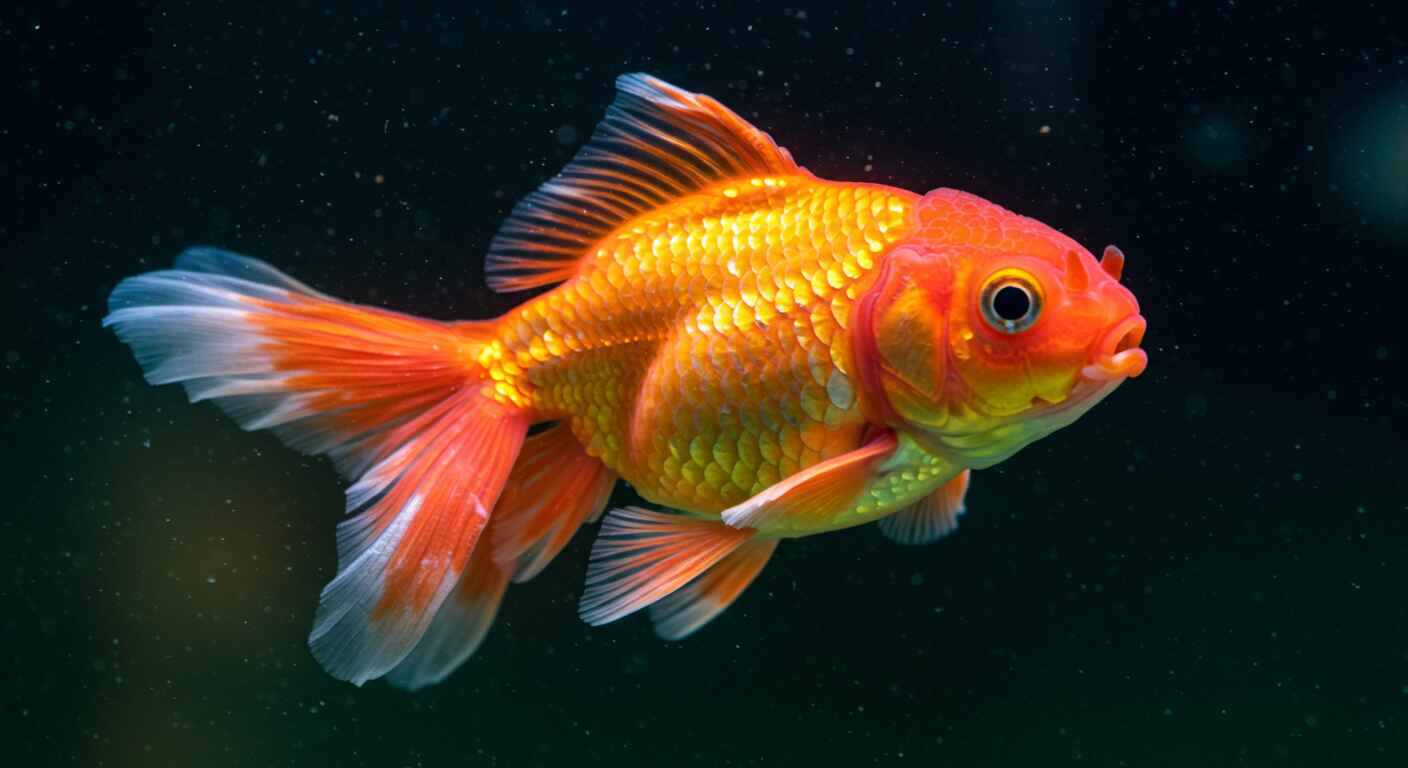
Once, after treating my tank with medication, I noticed all my tetras at the surface, gasping. Oxygen was fine, and toxins were under control. The cause? Stress from chemical treatment.
When fish are sick or recovering from illness, they become extra sensitive. Even mild treatments can cause gill irritation or trigger anxiety, leading them to gather at the top. That’s why it’s important to ask not only why are my fish swimming at the top of the tank, but also, what has recently changed?
Signs It’s More Than Behavior
You’ll know your fish swimming at the top of the tank is health-related if you notice:
- Loss of balance or control
- Lethargy
- Color fading
- Flicking or rubbing against objects
In my tank, I once misread this behavior as normal. By the time I noticed flashing and surface breathing, it was already a parasite infection. Since then, I keep treatment meds on hand and isolate sick fish early.
When to Quarantine and Treat
If one fish stays at the top but others don’t, isolate it in a hospital tank. That’s what saved my platy when it had columnaris, I treated it separately with antibacterial meds, and the behavior stopped.
Now, when I see any fish hovering or breathing heavily at the top, I no longer ask why are my fish swimming at the top of the tank out of confusion, I ask it as a checklist. What’s wrong? What changed? And what can I do fast?
Equipment and Tank Maintenance Issues
When My Filter Failed
One morning, I walked past the tank and immediately asked: why are my fish swimming at the top of the tank again? Everything looked fine, but they were clearly stressed, hovering, gulping, motionless.
I checked the water, and ammonia was okay. Then I realized my filter had stopped working overnight. No water movement = no oxygen exchange. My fish went straight to the surface to survive.
If you ever see your fish swimming at the top of the tank, your equipment should be the first thing you inspect especially filters and air pumps.
Lack of Surface Movement
After that scare, I started paying attention to how much surface agitation I had. Without water movement, oxygen doesn’t enter the tank properly.
A gentle ripple from your filter or air stone can make all the difference. I now angle my filter output to the surface and run an airstone 24/7. Since then, I’ve never had to ask, why are my fish swimming at the top of the tank, unless something breaks.
Clogged Equipment = Hidden Problem
There was another time my filter was running, but barely. It was clogged with gunk, and the water wasn’t circulating right. My fish weren’t gasping, but they were all gathered at the surface, clearly uncomfortable.
I cleaned the intake tube and sponge, and within hours, my fish stopped swimming at the top of the tank. Lesson learned: clean equipment is as important as having it in the first place.
Dirty Gravel and Waste Buildup
Believe it or not, your substrate can choke your system. In my first year, I didn’t vacuum the gravel often. Fish waste built up, and ammonia spiked, even with weekly water changes. My fish fled to the top again, searching for air.
That made me realize the question why are my fish swimming at the top of the tank isn’t always about gear failure. Sometimes it’s what’s not getting cleaned that’s the real problem.
Regular Checks = Fewer Surprises
Now, filter cleaning and gravel vacuuming are part of my weekly routine. If my fish act off or gather at the surface, I no longer panic, I run the checklist.
So if you’re still asking, why are my fish swimming at the top of the tank, start by checking your equipment. Clean, functional gear can mean the difference between a healthy tank and a surface-stressed one.
Species-Specific Behaviors
Learning Fish Behavior by Type
Early in my aquarium journey, I kept asking, why are my fish swimming at the top of the tank, even when everything tested perfectly. It turns out, in some cases, that’s just normal behavior.
Not all fish stay in the same part of the tank. Some are top dwellers by nature. Once I learned more about species behavior, I stopped panicking every time I saw one near the surface.
Labyrinth Fish Breathe Air
One of my favorite species is the betta, a labyrinth fish. These fish have a special organ that lets them breathe air directly from the surface. So if you see fish swimming at the top of the tank, and it’s a betta or gourami, that’s totally normal.
But here’s the catch: if they stay there too long or look distressed, it might still signal low oxygen or poor water quality. I always ask myself, why are my fish swimming at the top of the tank this much, and do they look healthy doing it?
Surface Swimmers and Feeding Habits
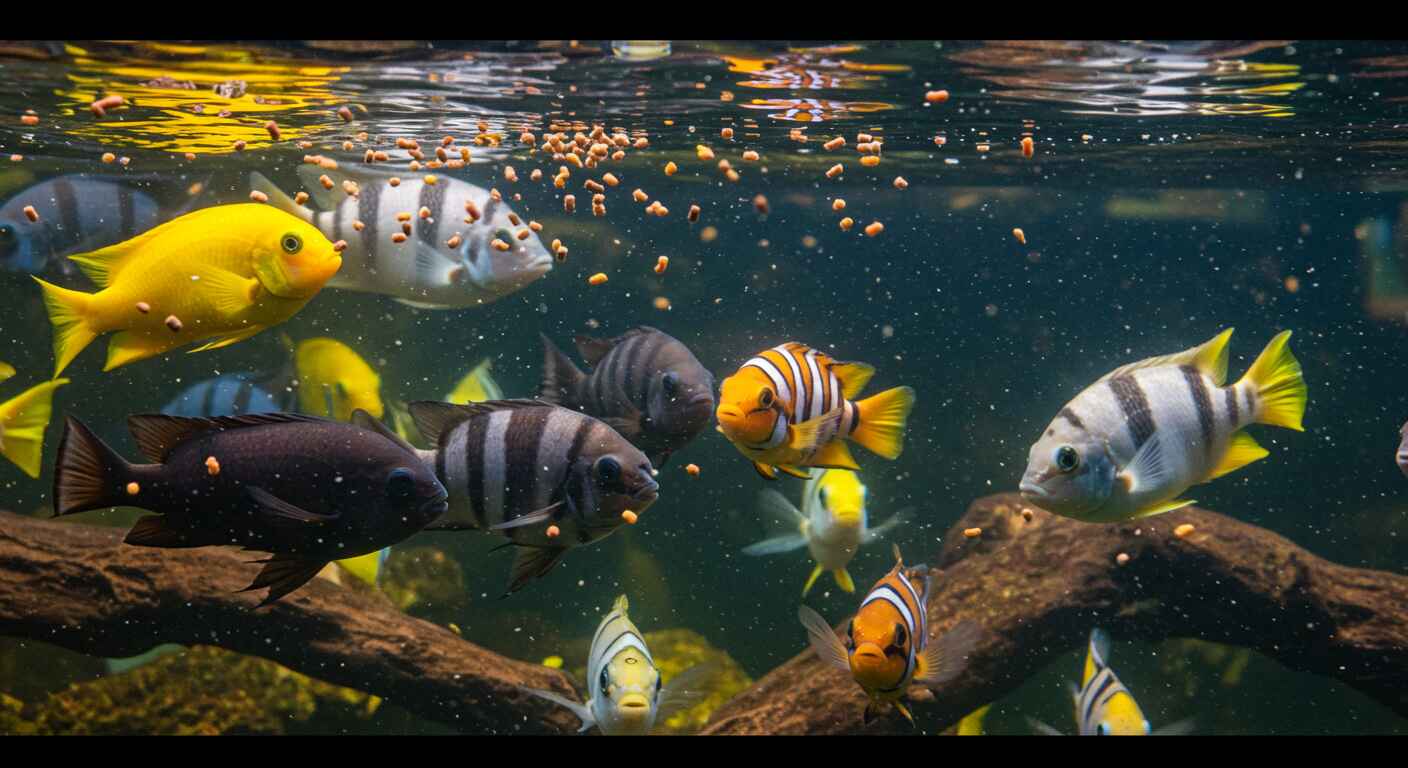
Species like hatchetfish, mollies, and guppies naturally hang near the surface. They’re built for it, their mouths are upward-facing, and they’re used to grabbing food from above.
In my community tank, my guppies are always near the top, especially during feeding. It used to worry me, but now I know better. If your fish stay at the top of the tank, identify their species before assuming there’s a problem.
Still, I keep an eye out. If they stop eating, breathe heavily, or don’t move much, I revisit the question: why are my fish swimming at the top of the tank, and is it still within their normal pattern?
When “Normal” Isn’t Normal Anymore
Even species that love the surface can show signs of stress. I once had mollies that suddenly gathered at the top all day. It wasn’t just feeding, they were lethargic and slow.
After testing the water, I found high nitrites and low pH. So while their position in the tank wasn’t new, their behavior was. That’s why I always combine species knowledge with behavior tracking.
If you’re unsure, it’s smart to ask again: why are my fish swimming at the top of the tank, and is it normal for them?
Know Your Fish Before You Panic
Now, I research every species before adding it to my tank. Knowing if they’re surface swimmers helps me avoid unnecessary stress, both for me and the fish.
But even then, I stay alert. Anytime my fish swimming at the top of the tank show odd signs like clamped fins or fading color, I investigate fast.
Asking why are my fish swimming at the top of the tank is always my starting point, but now, I pair it with context, behavior, and species-specific insight.
How to Fix the Problem and Prevent It
Improve Oxygen Immediately
If you’ve ever caught yourself asking, why are my fish swimming at the top of the tank, the first emergency fix is oxygen. Low oxygen drives fish upward fast, and it’s easy to improve.
In my tank, I added an air stone, angled the filter to ripple the surface, and left the lid slightly open to increase gas exchange. The difference was almost immediate.
So, when you notice fish swimming at the top of the tank, start by boosting surface agitation. This creates more dissolved oxygen where your fish need it.
Test Your Water, And Don’t Guess
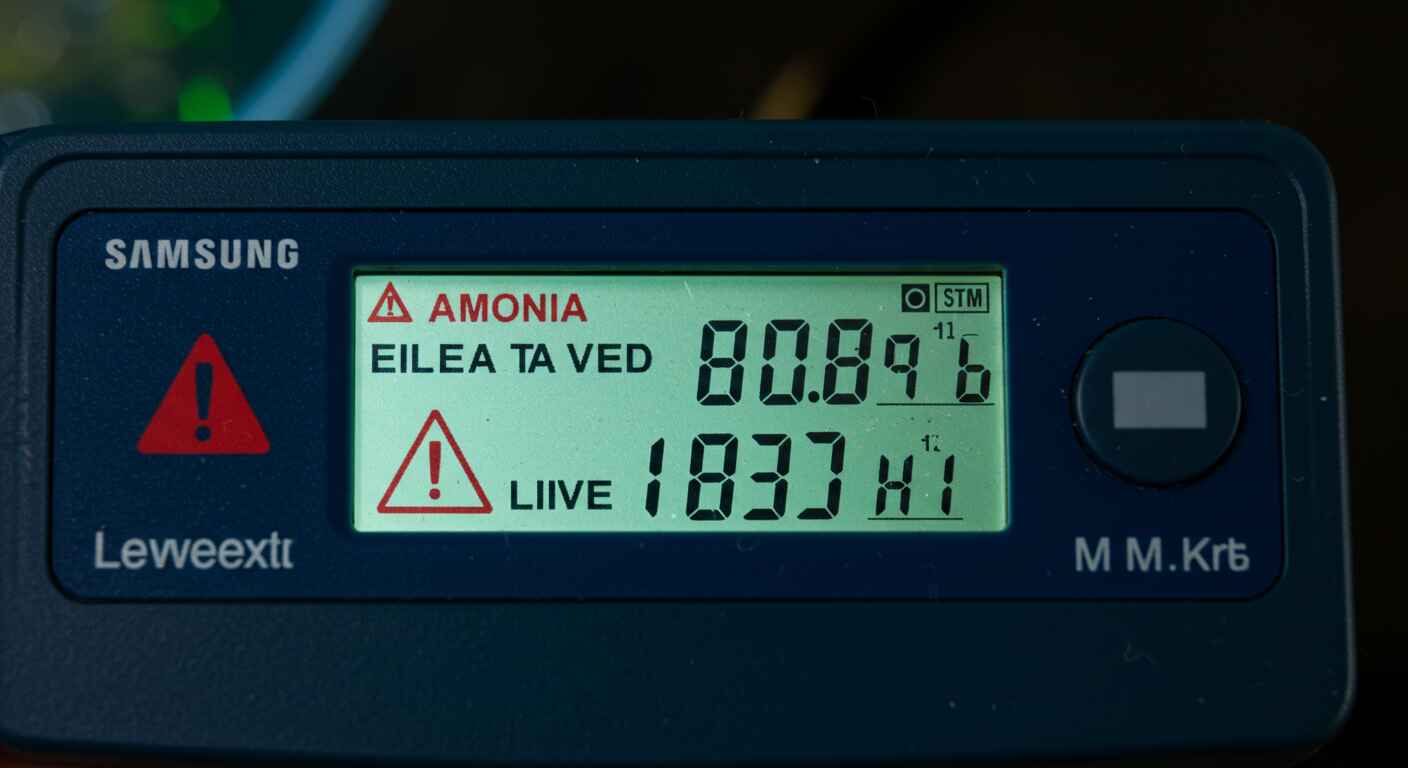
One mistake I made early on was waiting too long to test. By the time I realized I had an ammonia spike, my fish were already gasping.
Now, I use test strips every 3-4 days and a master test kit weekly. If you’re wondering, why are my fish swimming at the top of the tank, don’t guess, test.
Common culprits like ammonia, nitrites, low pH, or high temperature can all cause this. Your fish won’t get better until the water does.
Clean Filters and Gravel
Poor filtration is sneaky. It looks like everything’s working, but your filter might be clogged or weak. I’ve had times where my fish stayed at the top of the tank even though the water looked clean.
Now, I clean my filter media every 2 weeks and vacuum the gravel weekly. Since starting that habit, I’ve had far fewer surface-stress issues.
If your fish are swimming at the top of the tank, dirty equipment might be the root cause.
Watch Feeding and Stocking
Overfeeding leads to waste, which leads to toxins. I’ve learned to feed once a day and mix floating and sinking food. That keeps the surface eaters from staying up top too long.
I also track how many fish I add to the tank. Overstocking used to cause me endless stress, and surface-hugging behavior was always the first sign.
Ask yourself: why are my fish swimming at the top of the tank, and have I recently added more fish or fed more than usual?
Set a Routine
The biggest change for me came when I set a tank care routine. Weekly checks, scheduled cleanings, and proper feeding kept my fish balanced, and I stopped seeing fish swimming at the top of the tank with that same desperate energy.
Whenever something feels off, I go through my 5-step checklist. It always starts with: why are my fish swimming at the top of the tank, and what needs fixing first?
When to Be Concerned, Knowing Emergency Signs
How I Learned the Hard Way
The first time I noticed my entire tank gasping at the surface, I panicked. I asked, why are my fish swimming at the top of the tank, and I didn’t have an answer. Within 24 hours, I lost two neon tetras.
It wasn’t just surface swimming, it was emergency behavior. Their gills were pumping fast, their color was fading, and they weren’t responding to food. That’s when I learned that fish swimming at the top of the tank can go from “concerning” to “critical” fast.
Red Flags to Watch For
If your fish stay at the top of the tank for longer than a few minutes after feeding, and especially if they show these signs, take action right away:
- Gasping for air
- Fins clamped tightly
- Loss of balance
- Refusing food
- Hiding or twitching
I’ve seen these signs many times, and every time, asking why are my fish swimming at the top of the tank helped me find the issue faster.
Is It Just One Fish or the Whole Tank?
When one fish shows strange behavior, it may be illness. But if multiple fish are at the top of the tank, it’s likely environmental. That’s a big distinction I didn’t understand early on.
One day, I saw my betta floating at the top, just him. He wasn’t eating, and his belly looked swollen. It wasn’t water quality, it was a swim bladder issue. I treated him separately, and he recovered.
But when I saw fish swimming at the top of the tank in groups, it was always an oxygen or toxin issue. That’s when I knew it was a tank-wide emergency.
When It’s Time to Quarantine or Medicate
Sometimes the problem isn’t the tank, it’s an infection. If a single fish at the top is flashing, has white patches, or is bloated, isolate it.
That’s what saved my platy from columnaris. I used a separate container, adjusted temperature, and added meds. If I’d left him in, he could’ve infected the others.
So if you’re still wondering, why are my fish swimming at the top of the tank, ask yourself: is it one fish or many? Environmental or internal?
Respond Fast, Then Reassess
I’ve learned that hesitation costs fish lives. Now, any time I see fish at the top of the tank showing signs of distress, I don’t wait. I:
- Test water
- Add oxygen
- Perform partial water change
- Isolate affected fish if needed
If you’re asking, why are my fish swimming at the top of the tank, treat it like a smoke alarm. You might not see the fire yet, but the danger is there.
FAQs Why Are My Fish Swimming at the Top of the Tank?
Why is my fish going to the top of the tank?
Why are my fish swimming at the top of the tank like that? Most often, it’s a sign of low oxygen in the water. Fish naturally head toward the surface where oxygen levels are highest. If this happens repeatedly, test your oxygen, ammonia, and nitrate levels immediately. Poor water flow or a dirty filter can also cause this behavior.
Fish swimming at top of tank, is it dangerous?
Yes, it can be. Fish swimming at the top of the tank isn’t always normal unless they’re top-dwelling species or it’s feeding time. If your fish are staying there for hours and show signs like gasping, clamped fins, or loss of color, it’s time to ask, why are my fish swimming at the top of the tank, and check your setup fast.
Why are my fish at the top of the tank all day?
If your fish stay at the top of the tank throughout the day, it likely points to poor oxygen levels or elevated toxins. I had the same issue when my filter failed overnight. Ask yourself, why are my fish swimming at the top of the tank, and check for temperature, water quality, and filter performance immediately.
Why does my fish keep swimming to the top?
Why are my fish swimming at the top of the tank over and over again, even after a water change? That’s often tied to recurring stress, either from toxins, unstable temperature, or not enough oxygenation. Consistency in maintenance, feeding, and aeration usually solves the issue long term.
Fish swimming top of tank but not eating what’s wrong?
This is a red flag. If your fish are swimming at the top of the tank but avoiding food, it could signal disease or advanced oxygen deficiency. I once had a betta do this before I found out the tank had a bacterial imbalance. Whenever I ask, why are my fish swimming at the top of the tank, loss of appetite is always a key clue something’s wrong.
How do I stop fish from swimming to the top of the tank?
To stop this, fix the root cause. Start by asking: why are my fish swimming at the top of the tank? Check oxygen, ammonia, filter flow, and temperature. Improve surface agitation, reduce stocking if needed, and do partial water changes. Once the environment is balanced, the behavior usually disappears.
Understanding and Fixing the Real Reason Why Fish Stay at the Top
You’ve seen the signs, and you’ve asked the right question: why are my fish swimming at the top of the tank?
After everything I’ve learned through experience, oxygen crashes, ammonia spikes, overfeeding, poor filtration, and sick fish, I’ve realized that fish swimming at the top of the tank is never random. It’s communication.
The next time your fish stay at the top of the tank, don’t panic, respond. This behavior is their way of telling you something in the environment isn’t working for them.
Here’s what I always do now when I see my fish swimming at the top of the tank:
- Check the filter and water movement
- Test oxygen and temperature
- Do a partial water change
- Look for signs of illness or injury
- Monitor which fish are affected
When I stopped guessing and started asking, why are my fish swimming at the top of the tank, everything changed. I became proactive, not reactive.
Whether it’s your betta, guppies, or corydoras, every species responds differently. But all of them will head to the surface when something’s wrong. Fish swimming at the top of the tank could mean low oxygen, toxins, or even stress from poor lighting or overcrowding.
I’ve made every mistake you can imagine. I’ve seen fish gasp, hide, and float helplessly. But now, I know what to look for, and what to fix first.
So if you’re still wondering, why are my fish swimming at the top of the tank, start with the basics. Fix the oxygen. Clean the filter. Space your feedings. Cycle your water properly. And observe your fish closely.
Every time I’ve seen fish swimming at the top of the tank, there’s been a reason. And every time I fixed the root issue, they returned to normal behavior.
In the end, why are my fish swimming at the top of the tank is more than just a question, it’s a trigger for better care, better results, and happier fish.

